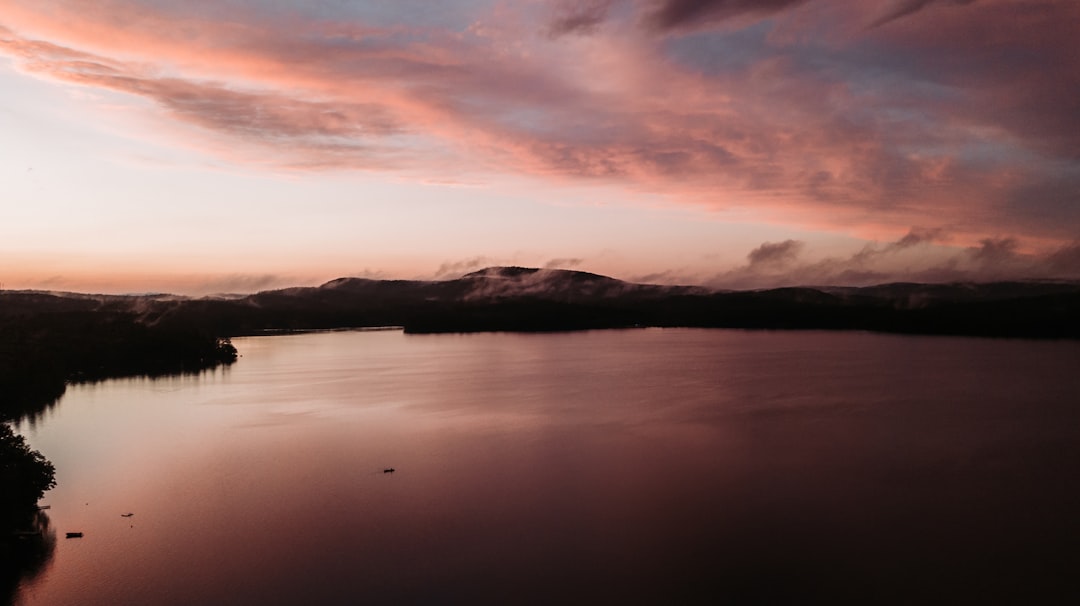On Unfamiliar Shores
Seeking a mapping, and a divine light.

I fell in love with the Boundary Waters Canoe Area Wilderness in 2021, and most of my too-few trips since have been to just one lake. But what a lake! If my research is correct, Saganaga is the largest and deepest in the Boundary Waters, and the only one that has not had its depths fully mapped. On first rowing out from Sea Gull River into the great wet expanse, Clark Island in the distance I was stunned, all of sudden aware of my own smallness — my unworthiness to be right smack in the heart of such grand and wasteful beauty. Who was I to come before the maker of all this?
The question haunted me through my first visit there as I read in my tent bits of Sir John Davies’ “Nosce Teipsum” (lovingly unpacked in Malcolm Guite’s Faith, Hope, and Poetry, which I’d stowed), a sprawling poem in which Davies discusses the nature of the soul. If we are to know truth, he claims, we first need to know and face ourselves: to both come to grips with our fallenness and see the “heavenly treasure in so weak a chest” we bear. But — and this is the kicker — a divine light is required to see either of these rightly.
The following stanza I found particularly moving:
Oh Light which mak’st the light, which makes the day!
Which set’st the eye without, and mind within;
Lighten my spirit with one clear heavenly ray,
Which now to view itself doth first begin.— Sir John Davies, “Nosce Teipsum,” lines 201-4
But I read this after Saganaga had swallowed the sun, and night was thick. This stanza of Davies’ and the indescribable stillness of the resting lake were the impetus to the prayer that eventually became “On Unfamiliar Shores.”
While I never would have anticipated sharing this poem at Christmastime, it seems fitting a prayer to be illumined and renewed by Christ’s light should come when we remember the time in our history God took on flesh and broke into our world, striking right down into our mess to lift us out. I love the way Anne Ridler puts it: “Christmas declares the glory of the flesh.”1 I think she and Davies would have made good friends.
I share this with a hearty Merry Christmas to you and yours.
On Unfamiliar Shores
After the style of Sir John Davies.
Oh Peace which makes the peace which holds the night
In gentle arms of deep, warm dark, you tend
The water, pines, the wing in dreams of flight;
But I, sad pilgrim, fear I may offend.
Oh Peace which weaves a blanket over brightness,
In ignorance I've tripped into your ken.
Great Still, forgive! and limn me in your likeness.
Come, sound these depths, and pray, remake me then.
What mystery of mysteries below,
As great, uncharted depths of inland sea —
What hidden glories would their treasure show
Were I to turn my eyes my soul to see?
I plunge beneath the surface of my deep —
But plumb nor fathom for the shadow find.
And how am I within my soul to keep
Where ever all my faults beswell the mind?
Oh Peace which makes the peace which makes the night —
Light which makes the light which makes the day —
Come, rend these shadows with one ray of sight,
And deep within this darkness make a way.What stood out to you from this poem? How do you find quiet enough during this time of year to remember and re-anticipate the “Light which makes the light which makes the day”? I would love to hear from you.
Anne Ridler, "Christmas and the Common Birth," in Waiting on the Word: A Poem a Day for Advent, Christmas and Epiphany, ed. Malcolm Guite (London, UK: Canterbury Press, 2015), 60.



This reminds me of Psalm 36:9 “For with you is the fountain of life; in your light do we see light”. Apart from this God-illumination, we cannot even distinguish light from darkness, we do not really know our left from our right. When He illuminates, we begin to learn light and we learn to see everything around us in this light.